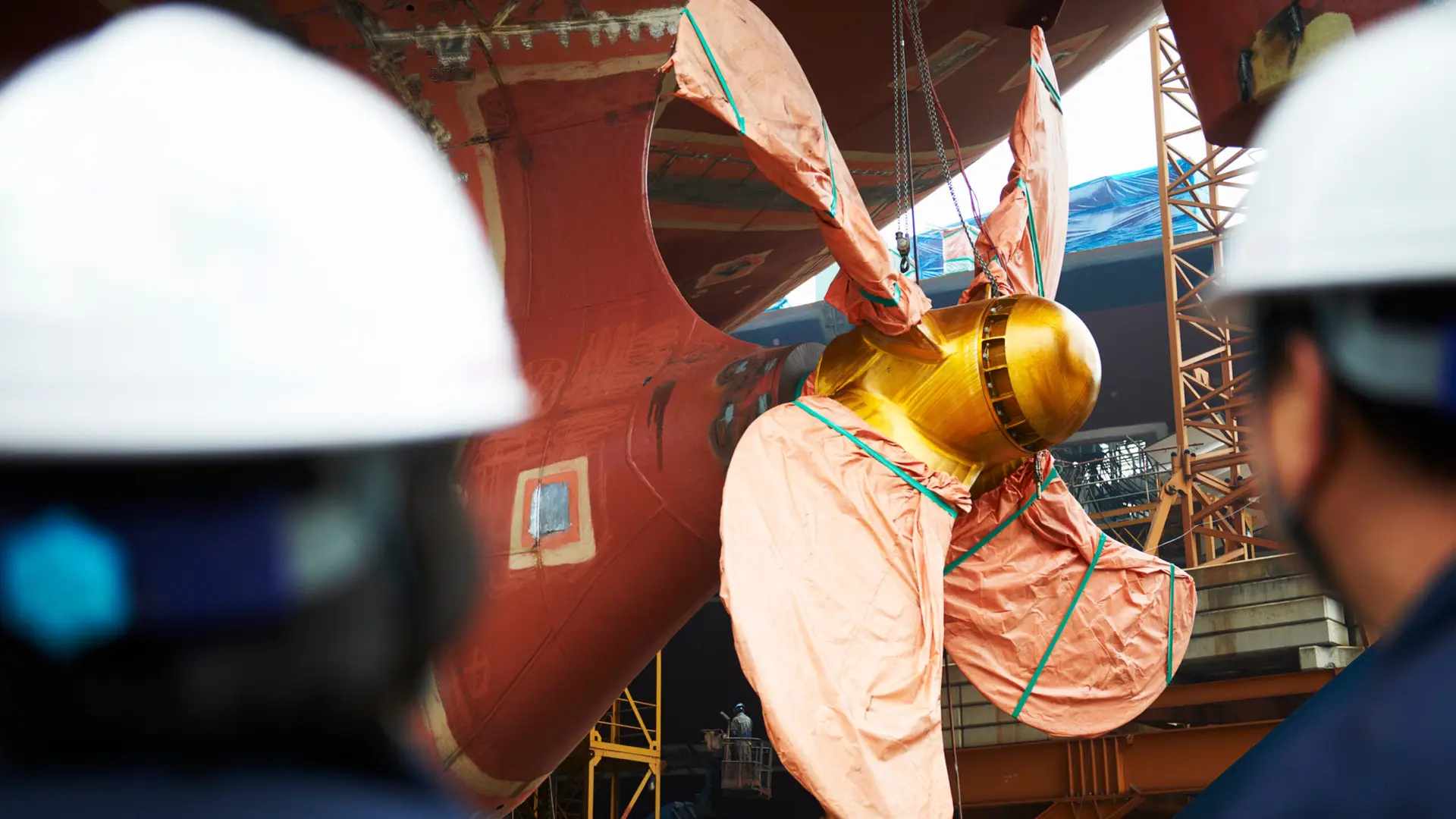A tidal wave of solar panel imports threatens the carefully laid plans of the Biden administration, Congress, and over a dozen solar manufacturing companies to rebuild a solar supply chain in the United States. The U.S. government must consider more aggressive action to tariff imports, and to block Chinese solar companies from claiming U.S. tax credits for building manufacturing facilities here aimed at eliminating emergent competition.
With the Inflation Reduction Act renewable energy tax credits in place, installations of solar energy equipment have accelerated this year. According to analysts Wood Mackenzie, this year’s deployments of solar equipment should rise around 50% from last year’s 20 gigawatts (GW) to around 31 GW this year.
The problem is that manufacturing capacity and imports are rising much faster than that. U.S. Customs data shows that solar module imports in the first seven months this year were up 179% over the same period last year. The monthly figures are even worse. In January 2022 the U.S. imported $422 million worth of solar modules. A year and a half later, in July 2023, imports came in at $1.7 billion, four times greater.
Figure 1. Solar module imports so far this year are 179% up on last year.

Source: US Census
Most of those imports are coming in from Vietnam, Cambodia, and Malaysia. But the raw materials and the solar cells used in those panels come from China. China is driving the growth of the global industry. According to industry analysts Clean Energy Associates, China’s production capacity is expected to double this year to reach 866 GW by the end of this year, and increase further next year to over 1,000 GW or 1 terawatt (that’s one trillion watts of electric power). That’s more than double China’s capacity from just one year ago when the IRA was passed.
China’s solar industry is growing because the Chinese Communist Party decreed in the early 2000s that China should make itself the dominant global power in renewable energy. Funded by subsidies, cheap loans, and subsidized electricity, the Chinese industry continues to invest in expanding production. Eight of the world’s ten largest solar panel manufacturers are Chinese. They compete aggressively to show their CCP masters that they are conquering world markets.
Market Heading for a Car Crash
The excess supply of solar panels is leading to growing inventories and cutthroat price-cutting. According to industry sources, the average price paid by a solar panel customer (typically a utility, but also residential and commercial customers) is around 35 cents a watt. But utilities are today placing orders for delivery next year at price points around 25 cents a watt.
The 25 cents figure is almost half the price of a year ago, when Congress passed the Inflation Reduction Act (IRA). Back in the summer of 2022, members of Congress and many observers (including ourselves) considered the tax credits for the renewable industry to be relatively generous. The problem is that the credit given to solar panel makers of seven cents a watt is more than swallowed up by the price fall in solar module prices.
One manufacturer says it’s impossible for a U.S. manufacturer to make money at 25 cents a watt, when you take into account the solar cells, glass, and electrical connections that go into building a solar panel. “The business case doesn’t pencil out,” he says.
Since the IRA passed, U.S. solar manufacturers, led by First Solar, Heliene, Silfab, Qcells, and Auxin Solar, have announced manufacturing expansion plans, including new factories across America. First Solar just announced plans to open its fifth factory in Louisiana. European solar manufacturers have also announced expansion plans in the U.S. In total, some 85 gigawatts of capacity is now planned to be manufactured in the U.S. It could take until 2030 until U.S. demand reaches 85 GW—assuming no imports at all. With imports, the situation looks dire.
With the market heading for a price-driven car crash, it now looks unlikely that all these announced plants will open. And even if they open, they may be drawing up plans to lay workers off and cut back on production even while the ribbons are being cut on the brand new facilities.
Chinese Manufacturers in the USA
And it’s even worse than that. Chinese solar manufacturers are taking advantage of the open terms of the IRA to open plants in the U.S. and enjoy subsidies from the U.S. taxpayers to extend the Chinese oligopoly into the heart of the U.S. market. In the past few weeks, three major Chinese solar producers, Trina Solar, Canadian Solar, and Longi have announced plans to build panel assembly facilities in the U.S. with a capacity of 5 GW each. Trina is building in Texas and Longi in Ohio. Another Chinese producer, Jinko, already has a factory in Florida. As we argued weeks ago , Chinese producers could claim as much as $125 billion from the U.S. taxpayers for their U.S. facilities.
If and when a low-price crunch drives the American and European producers out of the market, the Chinese producers will still be standing. Unlike western companies, Chinese manufacturers do not have to meet profit targets. The Chinese government will roll over their loans to make sure China continues to dominate the global industry.
The U.S. priority should be to build up a domestic industry that can free us from dependence on China, provide good manufacturing jobs for thousands of Americans, and fund future technological development in solar technology. The ongoing price crash makes it clear that the IRA tax credits are not enough to sustain the industry.
Import controls and restrictions on tax credit availability to Chinese manufacturers are needed. Tariffs were imposed on Chinese solar manufacturers a decade ago. In response, Chinese manufacturers began to route their products through southeast Asia. U.S. manufacturers brought an anti-dumping case against those southeast Asian conduits for Chinese product, claiming that the value added in southeast Asia was cosmetic and the panels remained Chinese product. But even before the Department of Commerce decided that case, the Biden administration announced a “moratorium” on southeast Asian solar panels, yielding to pressure from the climate change lobby.
The moratorium should be lifted immediately. Chinese companies should be banned from receiving tax credits for extending their domination by building U.S. facilities.
The tariffs may still not be enough to counter the Chinese producers, with the deep-pocketed Chinese government backing them up. The U.S. government must do everything it can to provide long-term support to U.S. manufacturers. To do anything less would permit China to succeed in its quest to fully control the global energy transition.












